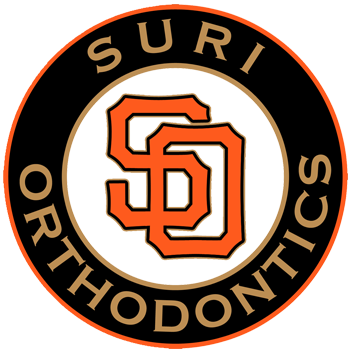The goal of First Phase Treatment is to develop the child’s jaw size to make room for the future eruption of permanent teeth and to improve the relationship of the upper and lower jaws. Children sometimes exhibit early signs of jaw problems as they grow and develop. An upper or lower jaw that is growing too much or not enough can benefit from early orthodontic treatment. The early correction can prevent later removal of permanent teeth due to excessive overbite or overcrowding. Leaving such a condition untreated until all permanent teeth erupt could result in a jaw imbalance too severe to achieve an ideal result with braces.
To maintain the First Phase Treatment results and to allow the remaining permanent teeth to erupt retainers are worn at night between phases. Starting at age ten, children lose twelve primary (baby) teeth and by age twelve or thirteen they gain sixteen permanent teeth. During this period occasional appointments for observation and retainer adjustments will be necessary, usually on a three to six month basis.
The goal of Second Phase Treatment is to position all the permanent teeth to maximize their appearance and function. This is best accomplished by placing braces on all the upper and lower teeth. Due to the improvements made in First Phase Treatment, Second Phase Treatment requires less patient involvement (less frequent use of headgear and rubber bands), often eliminates removing permanent teeth and greatly reduces the time spent in full braces.
- influence jaw growth in a positive manner
- improve the width of the dental arches
- reduce the need to extract permanent teeth
- reduce or eliminate the need for jaw surgery
- lower the risk of trauma to protruded front teeth
- correct harmful oral habits
- improve esthetics and self-esteem
- simplify and shorten treatment time for definitive
- orthodontic treatment (phase 2)
- increase stability of final treatment results
- reduce likelihood of impacted permanent teeth
- improve speech development
- improve position of first molars
- guide permanent teeth into more favorable positions
- improve lip competence
- preserve or gain space for erupting teeth
- improve compliance before the busy teenage years
